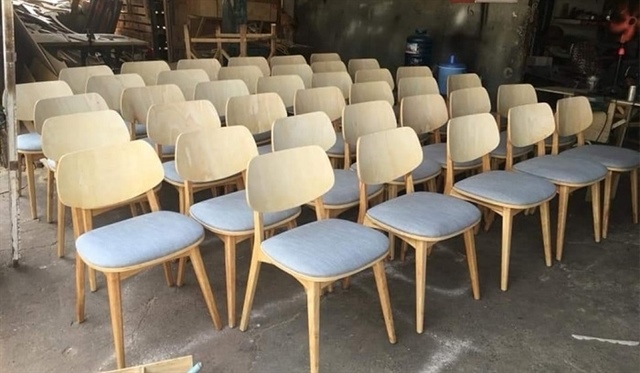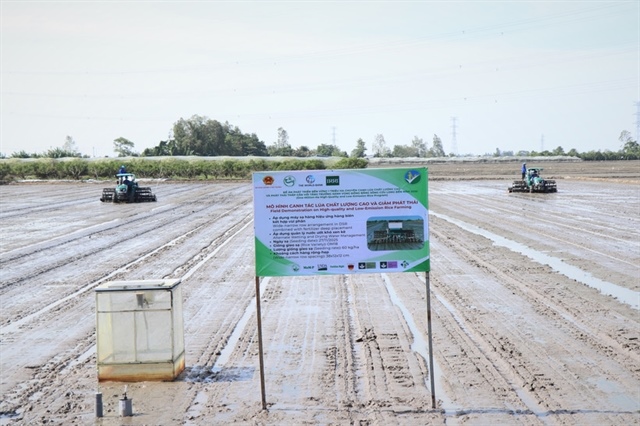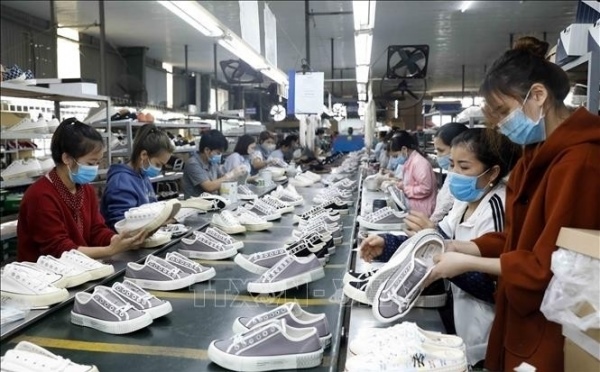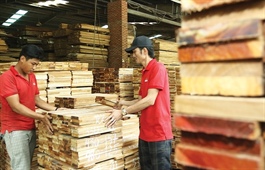Local wood industry overshadowed by sourcing issues
Local wood industry overshadowed by sourcing issues
Vietnam’s wood industry has shown signs of recovery in the third quarter of 2020. However, legal complications may arise through illegally-sourced raw materials from foreign suppliers and a lack of uniformity.
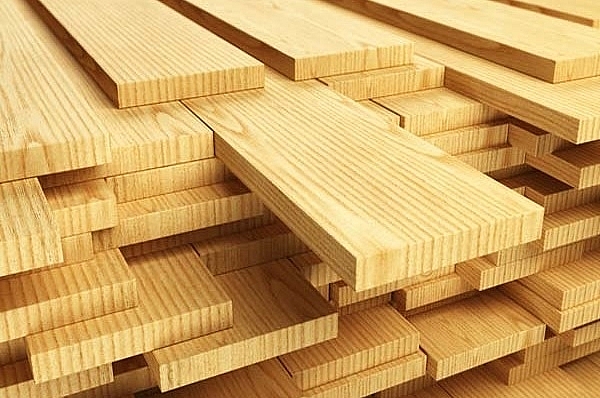
Local wood industry overshadowed by sourcing issues. Illustration photo: internet
|
The flow of Vietnamese wood exports collapsed dramatically earlier this year as the pandemic dealt a heavy blow to investment and consumption demands, and disrupted trade and transportation activities, marking the strongest decline of the industry in the last two decades.
July saw a welcome upswing, with export turnover reaching $1.05 billion, up 20.7 per cent compared to the same period last year, according to the Ministry of Agriculture and Development. However, the economic and social disruptions in global timber trade caused by the health crisis are expected to reshape the domestic wood industry in the long term.
Before the pandemic, Vietnam’s wood sector had already been weakened by the impact of China on global supply chains and the ongoing trade tensions with other economies as well as imposed trade tariffs. Along with that, the pandemic raised questions about the resilience of local businesses as well as their role in one of the country’s key sectors.
Currently, most wood processing enterprises are facing difficulties from a global oversupply of raw materials. Meanwhile, many of them also worry about the dependence on China which could lead to negative consequences in the supply chains of imported wood products. To prevent any illegal sourcing of raw materials, many countries, such as the United States and South Korea, set up anti-dumping barriers on wood import markets.
Tran Thien, director of wood supplier Thanh Hoa Co. Ltd., told VIR, “The import function of processing enterprises is almost gone. Several companies working with raw materials have reduced operations significantly or closed, while others went bankrupt altogether. For instance, the losses of Anh Tai Co. Ltd., which was trading African-sourced wood for local consumption, amounted to hundreds of thousands of US dollars.”
Meanwhile, China as the world’s largest raw material supplier in this sector has a domestic supply output of about 50 million cubic metres per year, but its trade tensions with the US have reduced that country’s demand by around 20 per cent.
Additionally, the US imposed heavy anti-dumping measures against Chinese wood imports, particularly for plywood and kitchen products, with tax rates on hardwood and decorative plywood amounting to 122 per cent and those for kitchens cabinets to around 270 per cent. Amid this scenario, Chinese wood processors and suppliers have been shifting overseas in an attempt to invest in the country, retain their US customers, and eventually avoid trade tariffs.
Current data by non-profit organisation Forest Trends shows the degree of risk attached to Chinese raw wood sources. Due to a Chinese policy that has closed down many of its natural forests for exploitation since 2017, the country’s annual domestic supply dropped by nearly 50 million cu.m. As a result, China began replenishing its supply of raw timber from neighbours like Russia and Ukraine. These imports, which mainly comprise of logs and sawn timber, amount to an estimated 20 million cu.m per year, with some allegedly being sourced illegally. The downside of this development for Vietnam is that its import markets are reacting increasingly harshly if they detect raw materials sourced from China or Russia as Vietnam has to comply with rules of origin due to its many free trade agreements with its partners.
Data from the Environmental Investigation Agency (EIA) shows that the share of illegally-sourced timber from Siberia and other regions bordering China can reach up to 80 per cent. These raw materials then get exported into China before being re-exported to other countries. The EIA also noted that there is a significant amount of Chinese sawmills at the Russian border, which seem to be responsible for sourcing timber from the Siberian forests for import into China.
An additional risk comes from Ukrainian birch that is being imported to Vietnam through China. However, its annual share remains currently low and only amounts to an import turnover of about $11 million.
Nevertheless, birch is the most important wood import into Vietnam, with its total turnover accounting to around 70-90 per cent of annual raw wood imports, an average volume of 20,000 cu.m, and an annual turnover of about $10 million.
The report “Flatpacked Forests – IKEA’s illegal timber problem and the flawed green label behind it” by non-profit organisation Earthsight, which summarises the organisation’s 18-month-long investigation, has provided detailed evidence of organised illegal logging in the Ukrainian Carpathians which they say is being enabled by the corrupt state-owned forestry enterprises which run most of Ukraine’s forests.
Earthsight’s report shows that imports of illegally-sourced raw materials from this region may carry legal consequences. While this country’s share in Vietnam’s wood supplies remains small, using these materials could not only result in added risks for domestic exporters but also damage the image of the entire Vietnamese wood industry.
“Demanding certificates of origin from Chinese suppliers might be the best way to tackle the situation and avoid legal risks for Vietnam’s wood exports,” Thien from Thanh Hoa argued.
According to Thien, Chinese suppliers should clearly state if their raw materials were sourced in Ukraine or Russia, adding that “it is especially important that Vietnam’s customs authorities immediately establish these rules for suppliers to avoid fines when exporting to the US and other foreign markets.”
Do Xuan Lap, chairman of the Vietnam Timber and Forest Product Association commented, “While Vietnam’s exports of wooden furniture have been affected by the ongoing health crisis, the country still managed to grow exports of these products into the US by 20 per cent, creating leverage for the $12.5-billion target for this year.”
Alhough exports by local companies are limited, foreign-invested ones are still maintaining their export quotas thanks to the support of their parent companies, which also give them an advantage in negotiations with foreign partners. “One of the pieces of good news is that Vietnam has established seven factories for the production of high-quality plywood as input material for kitchen and bathroom cabinets which are meant for export to the US,” said Lap.


